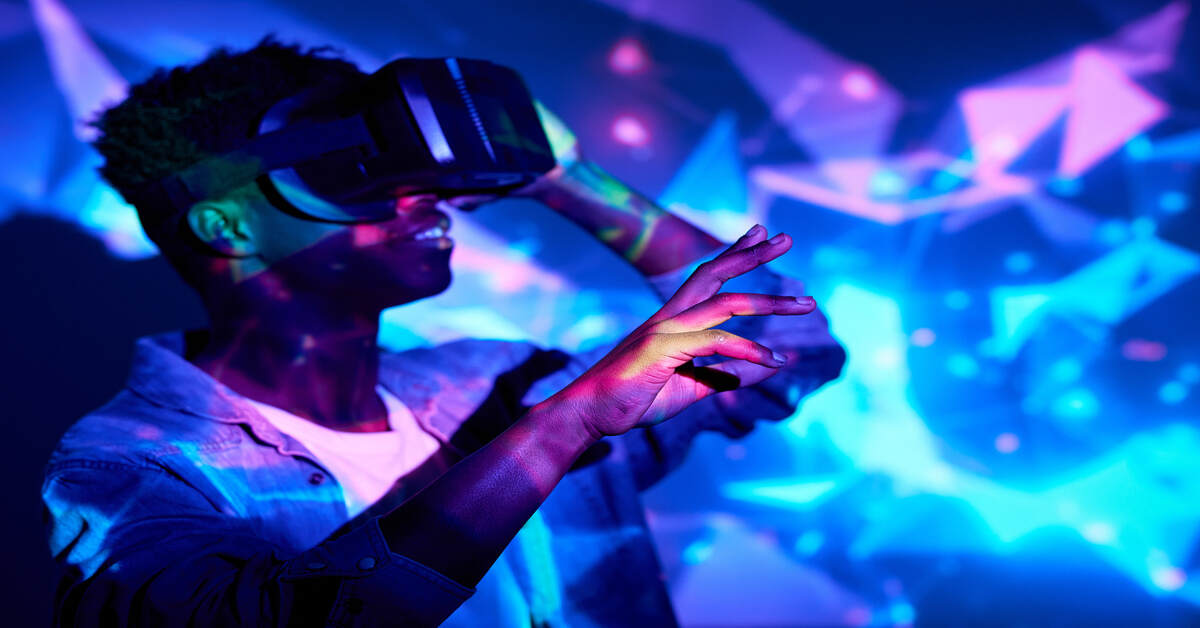Music Technology November 12, 2025

Can Technology Truly Enhance Event Experiences?
The buzz of the anticipation, the murmur of a crowd, the faint light of the lights- all these items have long been characteristic of the human experience of events. However, technology has changed these meetings over the past few decades in subtle and radical ways. Whether it is live music festivals or international conferences, the history of modern events can not be separated with the history of innovation. Understanding Technology in Modern Events not only shows the way events are improved but also the new way the experiences of attendees are being completely transformed.
The Early Days: Amplifying the Human Voice
The earliest significant technological interventions on events in the early 20 th century were basic yet revolutionary. Simple lights provided drama and visibility, whereas sound amplification enabled a speaker to reach hundreds of people. The organizers of the event started to understand that technology could make the effort of human workers take a wider range, which would make the performances, speeches, and exhibitions more effective. These inventions gave the foundation of the wide scope of Technology in the Modern Events, and it showed early enough that even small devices could transform the interaction with the audience.
The Digital Revolution: Bridging Distances
Computers and the internet started to change the picture by the end of the 20th century. Meetings that were previously restricted to physical attendants could now provide virtual attendants. Logistics were streamlined with online booking systems, email invitations and online ticketing which increased the reach. The audience was no longer geographically limited. This introduction of digital infrastructure depicts one of the main aspects of Technology in Modern Events: it makes it possible to connect, be accessible, and inclusive, enabling people who will never visit a traditional venue to enter the building.
The Interactive Era: Engagement Beyond Observation
With the further development of technologies, events started to be more engagement-oriented than observation-based. Visitors had ceased to be passive observers, and became active people. People were able to vote and ask questions, as well as, share experiences via Smartphones, event apps, and interactive kiosks in real-time. An example is that a music festival may enable the fans to select the songs to be played as an encore using live polls, whereas a conference can offer real-time feedback on sessions. This is the kind of interactivity that Technology in Modern Events is creating, the power dynamic changes, and the audience will be co-creators of the experience itself.
Immersive Experiences: Redefining Presence
With the arrival of virtual reality (VR) and augmented reality (AR) a new chapter was put into the story. Museums, galleries, and concerts have started to provide immersive experiences putting the visitors into whole new worlds. You could imagine being on a battlefield of history in VR during a cultural festival, or you could see digital fireworks against live shows in a music festival. The technologies indicate that Technology in Modern Events does not just amplify visibility and participation, but it also completely transforms the essence of being in an event.
Social Media and the Age of Amplification
At the same time, social media became part of the experience at the event. The real time sharing, live streaming and hashtag campaigns enable events to connect to all people in the world instantly. Visitors become narrators, writing and exaggerating the effect of the event outside the location. This change points to another important facet of Technology in Modern Events: that it prolongs the impact and duration of any meeting and the moments to reverberate long after the event itself.
Data, Personalization, and Insights
Another strength that is introduced by modern event technology is data. Platforms enable the monitoring of attendance trends, activity rates and viewership. These insights can be utilized by organizers to make experiences personal, recommend sessions, and predict needs of participants. Data analytics, suggesting networking opportunities to real-time program adjustments, is a good example of why Technology in Modern Events is not only functional but it is also strategic, creating experience and decisions.
Hybrid Events: The Best of Both Worlds
The emergence of hybrid events, particularly in response to disruptions in a global scale such as the COVID-19 pandemic, is an indication of the interplay of traditional and digital models. The physical meetings now live alongside-live streaming of attendance, which gives the participants the option of participation. Hybrid events are based on the power of Technology in Modern Events that can unite the closeness and the experience of being physically present with the reach and the possible flexibility of online access.
Sustainability Through Technology
Sustainability has also been brought about by technology in event planning. Online communication, digital tickets, e-brochures, and virtual attendance decrease the waste and environmental impact. In the world that is becoming ever more ecologically responsible, incorporating technology can guarantee that events may grow without damaging the planet. Another example of how Technology in Modern Events do not just enhance events but focus on other more extensive social priorities is the environmental benefits of digital tools.
Challenges and Considerations
Nevertheless, the integration of technology does not lack its challenges even though it has great benefits. The experience of the attendees can be compromised due to technical faults, network problems, and Internet overload. It is a matter of taking innovation and simplicity in balance and technology should be in service to the event and not overpower the event. Knowledge of the subtleties of Technology in Modern Events also presupposes not only the introduction of the tools but also the expression of how it is naturalized into the story of the event, so that it does not distract but supplements.
Frequently Asked Questions (FAQs)
1: How can small events effectively use technology?
Even small gatherings can benefit from live streaming, event apps, or social media engagement. Thoughtful integration allows personalized experiences without requiring large-scale infrastructure.
2: Are virtual events as impactful as in-person ones?
Virtual events provide accessibility and flexibility, but in-person interactions offer intimacy and sensory engagement. Hybrid models often provide the best balance, showcasing the full potential of Technology in Modern Events.
3: What are common mistakes in adopting technology for events?
Common pitfalls include overcomplicating user interfaces, neglecting backup systems, and failing to align technology with event goals. Successful planning focuses on simplicity, reliability, and audience engagement.
Final Thoughts
The history of contemporary events cannot be compared to the history of technology. Since the first amplified voices in a theater to full VR experience and hybrid conferences, Technology in Modern Events has changed the perception of what participation, engagement, and memory are.Through careful incorporation of technology, event planners will be able to come up with events that are more accessible, engaging, more memorable and meaningful. Technology has ceased to be an instrument, but rather a narrator, a partner, and a mediator between fantasy and reality. As innovation will go on and the happenings, things will keep on changing, and everything will be connected, and creative, and that is where the key to memorable meetings is as much connected to lights, sound, and digital magic.


